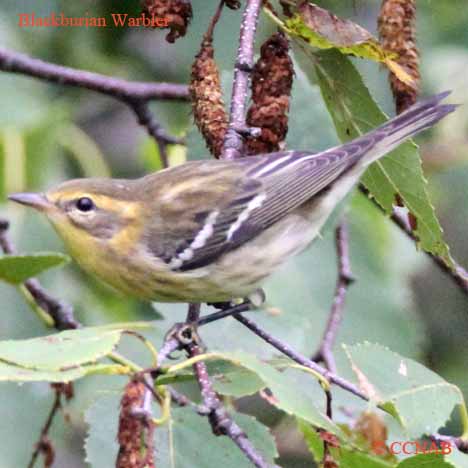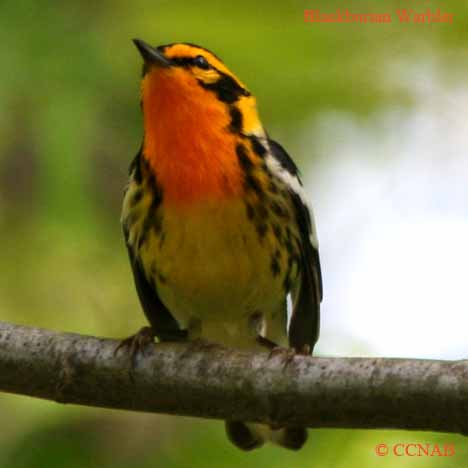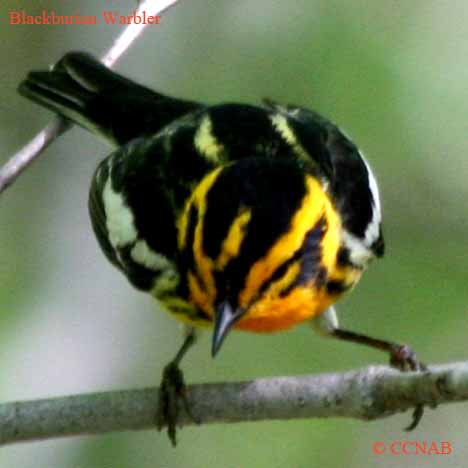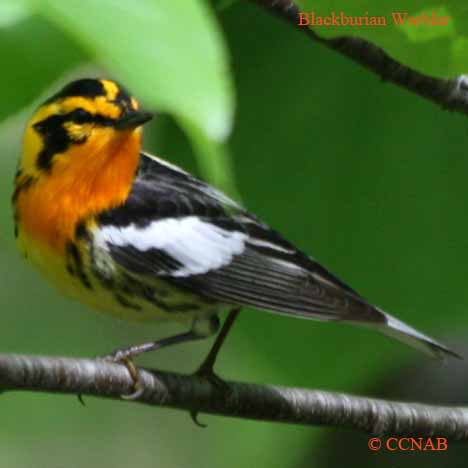Birds of Cuba Search Box
This search box can be used to find bird species using bird's english, french or latin name.
Birds of Cuba, Vagrant Visitors, Introduced Birds and Possibilities
Blackburnian Warbler
Paruline à gorge orangée
Spanish: Reinita gorjinaranja
Latin: Setophaga fusca
Information, images and range maps on over 400 birds of Cuba
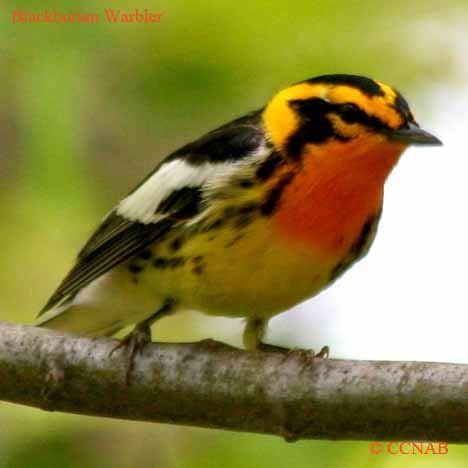
Life, Habitat & Pictures of the Blackburnian Warbler
| B L | W W | W | Family | Latin Name |
|---|---|---|---|---|
| 5" 12.7cm | 8.5" 21.6cm | 0.35oz 9.9g | Parulidae | Setophaga fusca |
- Breeding
- Year Around
- Winter
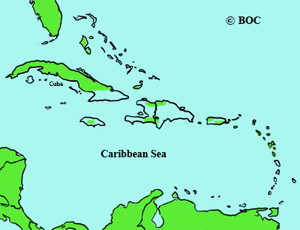
Seen in northwestern Newfoundland and Labrador, through the Maritime provinces, west to Alberta, then east to below the Great Lakes and to the Carolinas and the Atlantic coast. It has been a migrant in Cuba.
